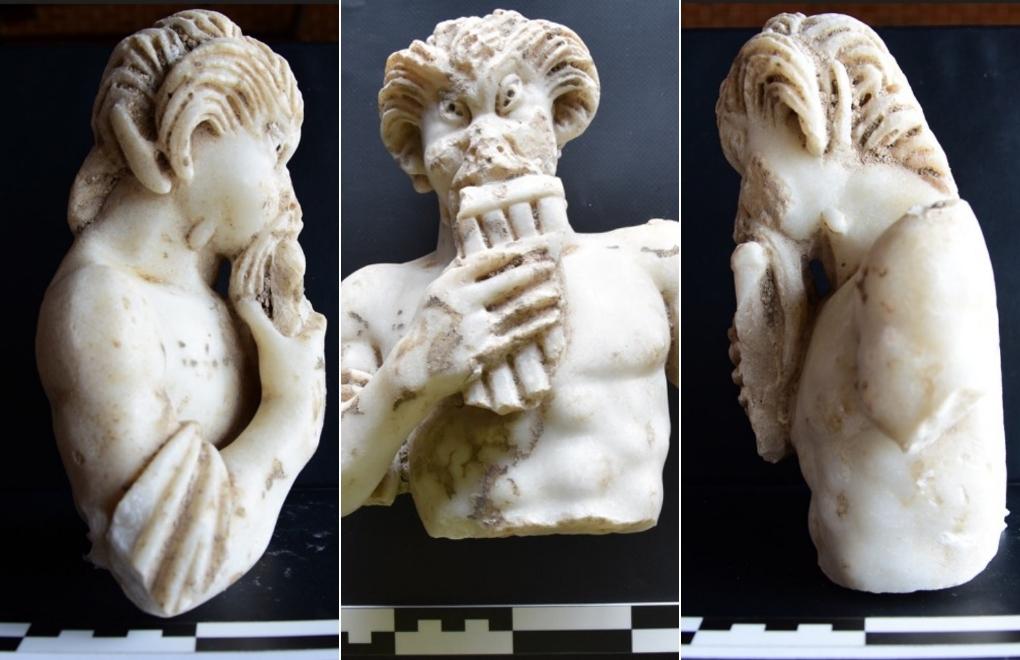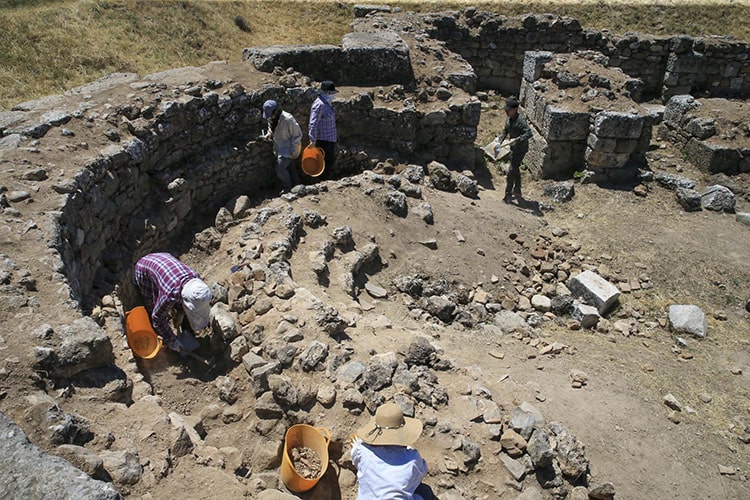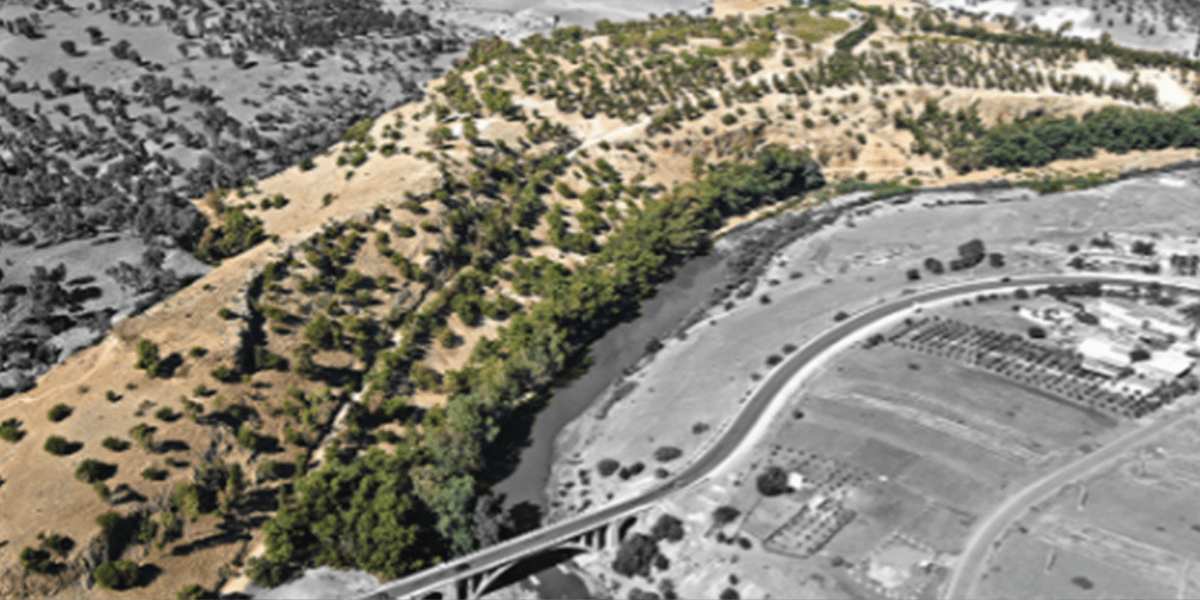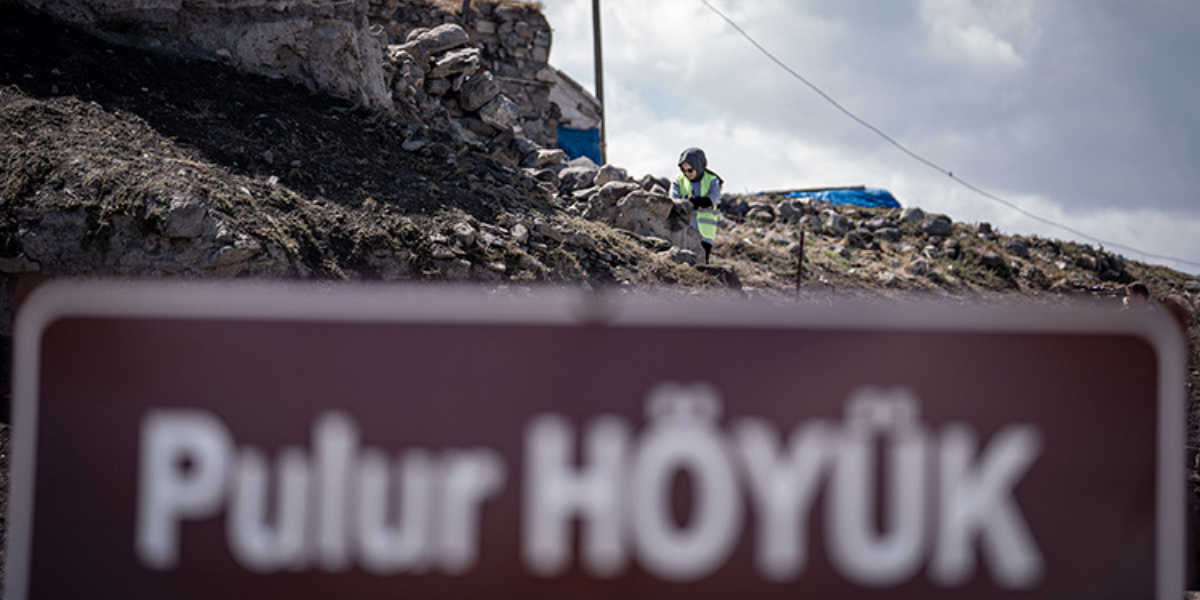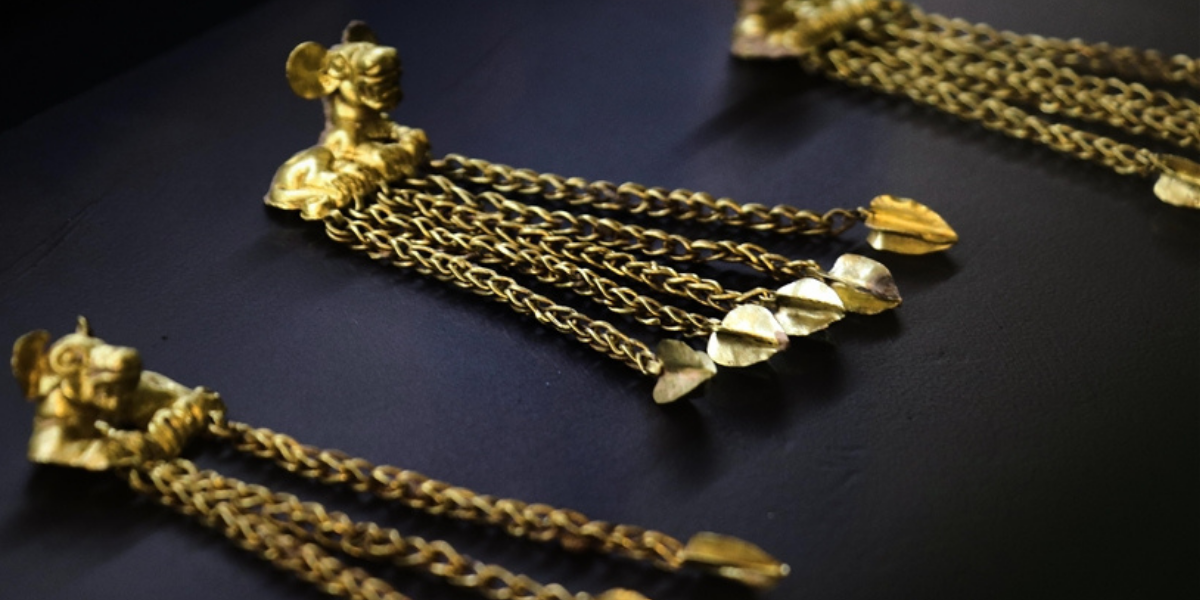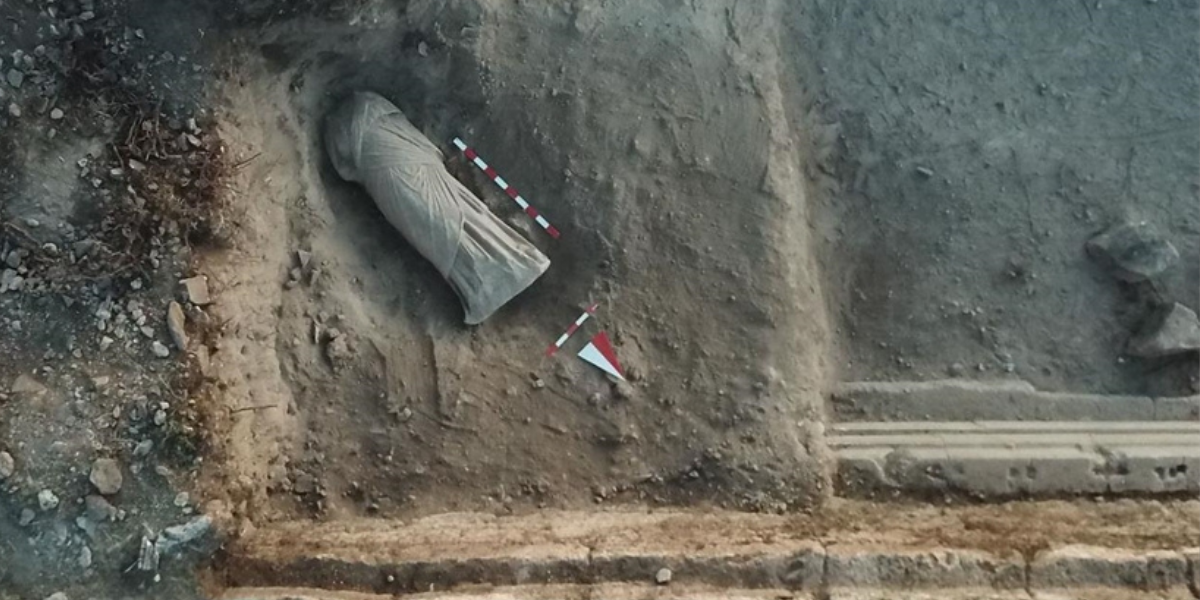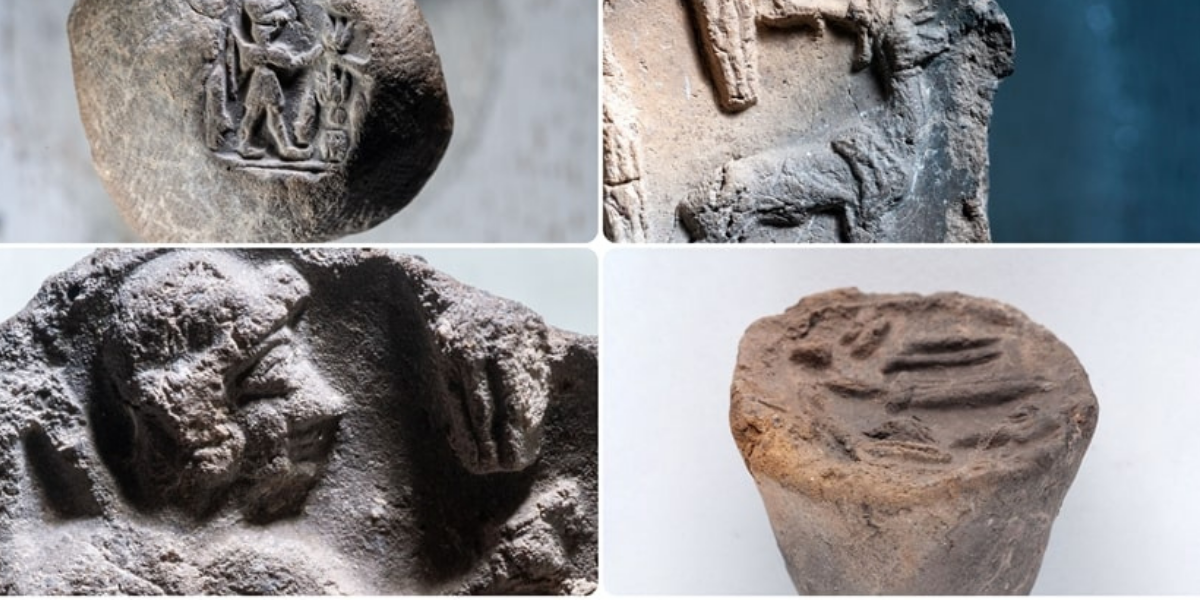Anatolian News . Marmara and Thrace
Excavation of Thrace’s Oldest Known Thracian Settlement Underway in Tekirdağ: Temple of Hera and Sacred Area of the God of Health Discovered
In the Süleymanpaşa district of Tekirdağ, an important archaeological excavation is underway on the shores of the Marmara Sea. Led by Professor Dr. Neşe Atik, the excavations aim to unearth the earliest known Thracian settlement in the Thrace region. This ancient settlement, with a history spanning approximately 5,000 years and dating back to the 3rd






